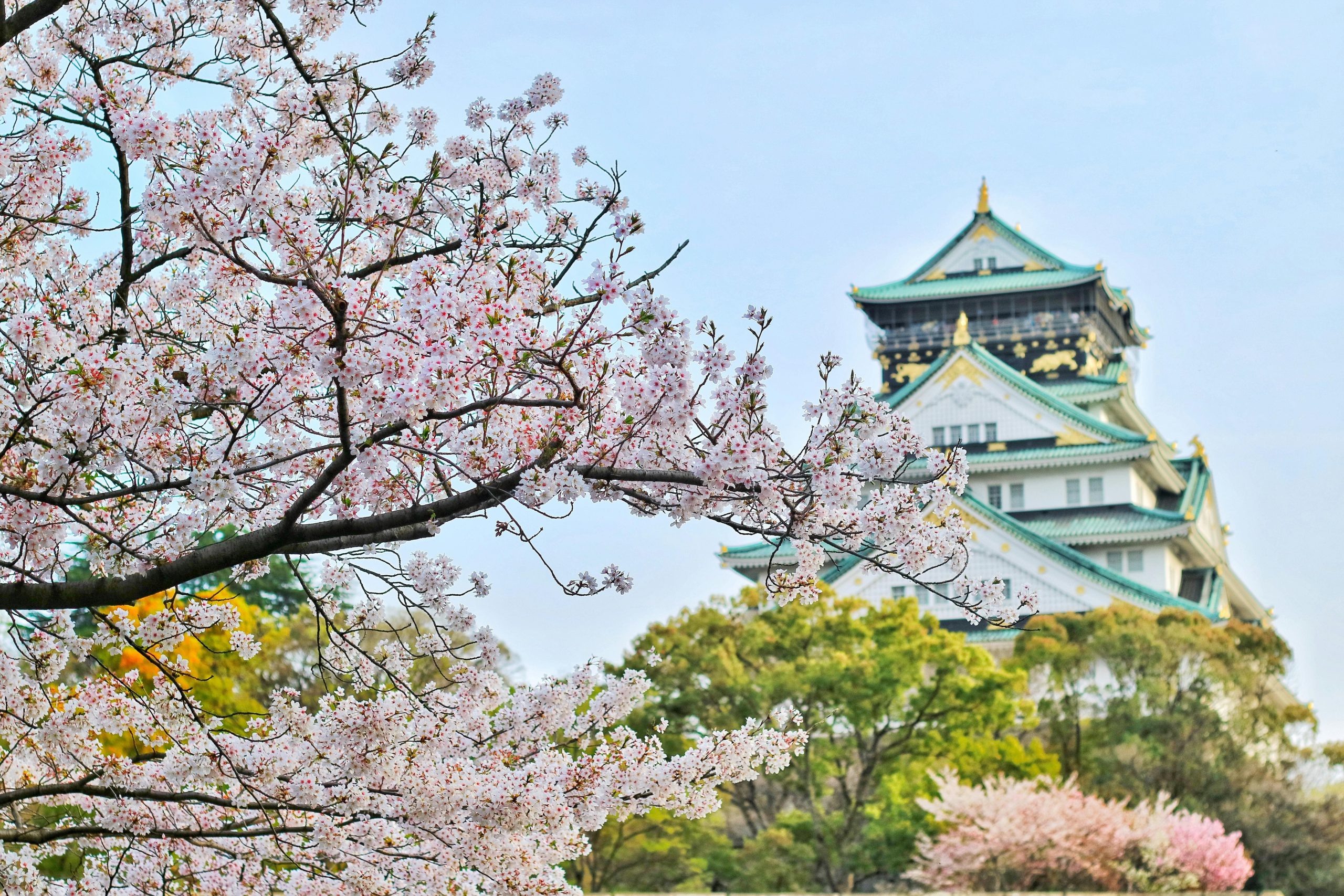Introduction
Traveling in Japan is an amazing experience, but what happens when you don’t understand what someone says to you? Don’t worry! Japanese people are very understanding toward visitors, especially if you politely let them know you don’t understand.
In this guide, you’ll learn various ways to say “I don’t understand” in Japanese, from casual to very polite expressions. You’ll also discover helpful phrases to ask people to repeat, slow down, or explain things differently. These simple phrases will make your travel experience smoother, less stressful, and even more enjoyable.
Let’s begin!
Basic Ways to Say “I Don’t Understand”
1. わかりません (Wakarimasen) – “I don’t understand.”
Wakarimasen is the most common and basic way to say “I don’t understand.”
Breakdown:
- Wakaru = to understand
- Masen = negative polite form
When to use:
- In stores, stations, restaurants, anywhere!
Example:
- “Sumimasen, wakarimasen.” (Sorry, I don’t understand.)
Tip: Always say it with a polite tone and maybe a slight bow.
2. もう一度いいますか? (Mou ichido ii masu ka?) – “Could you say that one more time?”
Breakdown:
- Mou ichido = once more
- Ii masu ka = could you say?
Example:
- “Mou ichido ii masu ka?” (Could you say it again?)
Tip: Great for when you caught some of the words but need to hear them again.
3. もっとゆっくり言ってください (Motto yukkuri itte kudasai) – “Please speak more slowly.”
Breakdown:
- Motto = more
- Yukkuri = slowly
- Itte kudasai = please say
Example:
- “Sumimasen, motto yukkuri itte kudasai.” (Excuse me, could you speak more slowly?)
Tip: This will usually get the speaker to slow down immediately.
Casual Ways to Say “I Don’t Understand”
4. わかんない (Wakan’nai) – “I don’t get it.”
Wakan’nai is a casual, informal way to say you don’t understand.
When to use:
- With friends
- When joking
Example:
- “Wakan’nai!” (I have no idea!)
Tip: Not appropriate for formal or professional situations.
5. え? (E?) – “Huh?”
Just saying “E?” with a confused face is common.
When to use:
- Casual situations
- When surprised or confused
Example:
- Person says something fast.
- You: “E?”
Tip: Combine with a smile so it doesn’t sound rude.
Polite and Formal Ways to Express Confusion
6. もう少し簡単な言葉で説明してください (Mou sukoshi kantan na kotoba de setsumei shite kudasai) – “Please explain it in simpler words.”
Breakdown:
- Mou sukoshi = a little more
- Kantan na kotoba = simple words
- Setsumei shite kudasai = please explain
Tip: Useful at hotels, museums, or tours where complex Japanese might be used.
7. はっきり言ってください (Hakkiri itte kudasai) – “Please speak clearly.”
Example:
- “Sumimasen, hakkiri itte kudasai.” (Sorry, could you speak more clearly?)
Tip: Use carefully—tone is very important, or it might sound demanding.
Useful Phrases Related to Not Understanding
8. 英語を話せますか? (Eigo o hanasemasu ka?) – “Can you speak English?”
When to use:
- If you’re stuck
Example:
- “Sumimasen, eigo o hanasemasu ka?” (Excuse me, do you speak English?)
9. これを英語で説明してください (Kore o eigo de setsumei shite kudasai) – “Please explain this in English.”
Example:
- “Kore o eigo de setsumei shite kudasai.” (Please explain this in English.)
10. これを書いてください (Kore o kaite kudasai) – “Please write it down.”
Tip: Perfect when you can’t understand spoken Japanese but can read signs slowly or use translation apps.
11. 画像を見せてください (Gazou o misete kudasai) – “Please show me a picture.”
Tip: Sometimes showing a picture is much faster than explaining!
Quick Table: Essential Phrases
| Japanese | Pronunciation | English Meaning | Usage |
|---|---|---|---|
| わかりません | Wakarimasen | I don’t understand | Standard polite |
| もう一度言ってください | Mou ichido itte kudasai | Please say it again | Polite |
| もっとゆっくり言ってください | Motto yukkuri itte kudasai | Speak more slowly | Very useful |
| わかんない | Wakan’nai | I don’t get it | Casual |
| え? | E? | Huh? | Casual |
| 英語を話せますか | Eigo o hanasemasu ka? | Can you speak English? | Polite |
| これを書いてください | Kore o kaite kudasai | Please write it down | Helpful |
FAQ
Is it rude to say “wakarimasen”?
Not at all! As long as you say it politely, it’s perfectly fine.
What’s the quickest way to ask for English help?
“Eigo o hanasemasu ka?” is short and polite.
Should I use gestures too?
Yes! Nodding, pointing to a phone, or using your hands helps communication.
How do Japanese people react if I say “I don’t understand”?
They usually slow down, switch to simple Japanese, or try gestures.
Conclusion
Knowing how to politely say “I don’t understand” in Japanese can transform your travel experience. It shows humility, cultural respect, and encourages locals to help you even more warmly.
Use phrases like “Wakarimasen,” “Mou ichido ii masu ka?” and “Motto yukkuri itte kudasai” with a smile, and you’ll turn every confusing moment into a positive interaction.
Traveling isn’t about speaking perfectly—it’s about connecting, learning, and embracing new experiences!
























